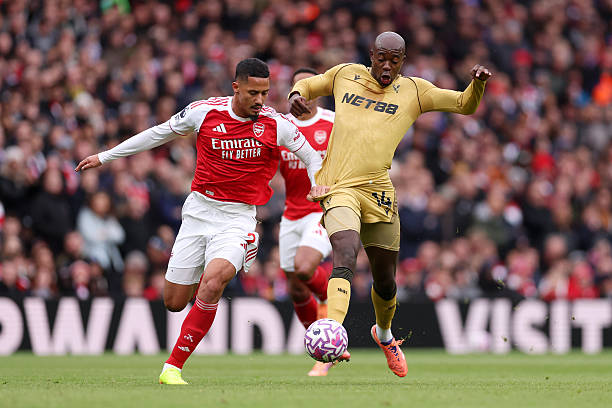
Probabilistic decision-making, it’s not exactly new, but it keeps showing up wherever outcomes feel a little (or a lot) uncertain and, maybe, the stakes aren’t exactly pocket change. Think of football. Or online poker. In both spaces, there’s this constant churn: players, teams, whoever, they’re squinting at incomplete data, trying to move fast, always measuring risk against the (occasional) shot at glory.
The thing is, these aren’t just casual observations: people have pored over piles of football scenarios, even gone through millions of poker hands since 2020. What follows traces how probability seeps into decision-making in these two worlds.
The foundation of probabilistic decision-making
Instead of sticking with old-school, fixed rules, the newer probabilistic playbooks—if you can call them that—try to grapple with a whole spectrum of possible outcomes. In high-stakes environments like football or Online poker, this is a necessity rather than an advantage. There’s this idea that, rather than acting off a single, rock-solid plan, it’s better to keep tweaking your confidence in real time, stacking up bits of new evidence before making a move. Take high-level poker: players (or bots, even) use probability “triples”—ranking fold, call, raise odds instead of just rolling with set rules.
Football, honestly, is heading in a similar direction. Coaches and analysts collect these huge archives of time-stamped data, trying to guess what the opposition might do next. So this approach—absorbing uncertainty and adapting on the fly—has wedged itself into the very core of strategy.
Shared decision-making threads across domains
When you look—really look—at football and poker, it’s almost eerie how much their decision-making headaches overlap. Both environments are full of gaps: nobody has the full story, not coaches, not players, not the best card sharp in the room. Players are forced to race the clock, weigh up actions in seconds, and… well, hope their read of the situation is even half right. Picture a coach calling a play without clear intel on the defense. That pressure? Poker players know the feeling: betting on limited information, catching just a whiff of what might be hiding in another person’s hand. Whatever the field, those who keep chipping away with probability instead of just gut-feel tend to edge ahead—at least, most of the time.
Analytics, of course, has crept in, sharpening the focus on risk and reward. A fourth-down attempt in football is not so different from going all-in with marginal odds. In both cases? There’s a weighing up of what you stand to gain versus what it might cost you. Sometimes these calls go sideways, but pattern recognition and adaptability still matter. Teams, just like seasoned poker players, pore over old data: tracking opponent habits, measuring tiny statistical edges, hoping they spot something that’ll matter next time.
Probabilistic analysis in online poker
Pull up the data logs from online poker—if you dare. There are mountains of information: every move, every chip, the timing of bets, entire hand histories. It all feeds into how players judge their odds and tweak their play. Nobody is actually calculating every possible outcome in real time (who could?)—instead, they’re sampling, simulating, nudging probability estimates until the numbers feel useful.
Expected value, or EV, sits at the center for serious players—each action gets weighed by how likely it is to result in a positive outcome. Some argue (there’s a debate, as always) that real mastery of these concepts can turn poker from a game of luck into a test of consistent skill. Still, players try to optimize each decision, nudging odds this way or that.
Football statistics and probabilistic strategy
You see it almost everywhere now: football teams running their toughest calls—fourth downs, two-point plays, crunch-time calls—through a filter of win probabilities and expected points. The “gut” approach is slowly losing out to number-crunching. And while some purists complain, cost-benefit logic based on actual distribution data is just, well, harder to ignore.
Statisticians have come up with decision matrices, weighting every option based on likelihood and matching those probabilities to what specific teams tend to do. Decision trees, branching out by situational probability, paint a sometimes dizzying map of where a single play could lead. If you look at NFL data from 2018 to 2023, there’s a trend—teams using these probabilistic tools for decisions like fourth-and-short have managed, on average, higher conversion rates and more wins.
Conclusion about responsible gambling
Not to be overlooked, online poker and gambling of any type come with serious risks. Probabilistic strategies might, over the long run, improve results—but nothing is ever certain short-term. It’s usually a good idea to set boundaries, keep the risks in mind, and remember that even the smartest, most disciplined player will hit bad streaks. If you’re considering strategies (of any kind, really), shaping them around self-awareness and moderation seems wise. Chasing consistency is fine.







